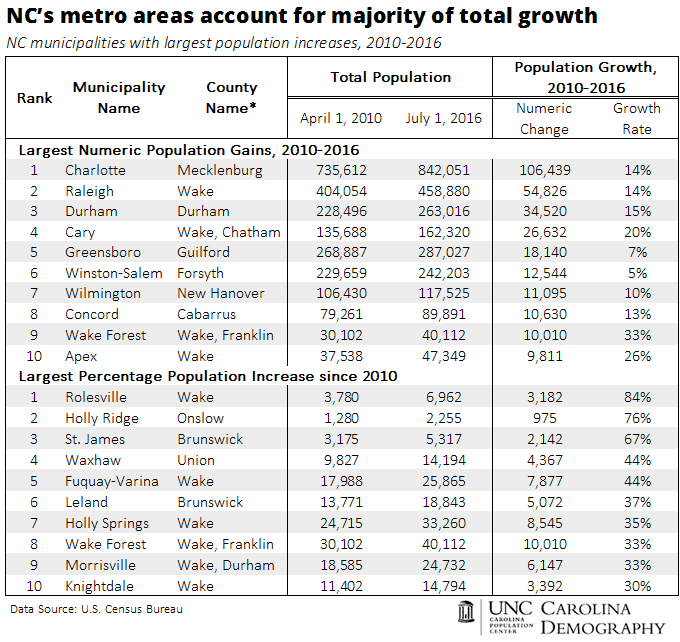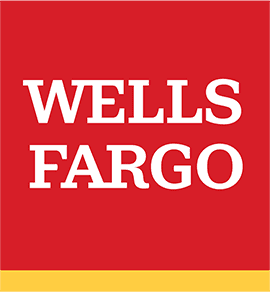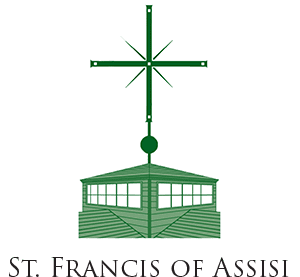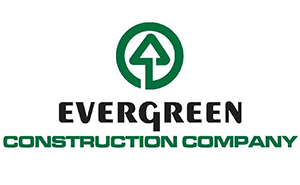2016 North Carolina Population Estimates
This report was originally printed in Carolina Demographics.
UNC Carolina Population Center has released a report that focuses on the recent 2016 U.S. Census Bureau population estimates. The topline trends for North Carolina has maintained a nearly identical trajectory as 2015. Since the last decennial Census in 2010, North Carolina has seen its urban metropolitan areas grow consistently larger, while small, often rural municipalities have struggled to maintain population.
North Carolina’s two largest metropolitan statistical areas – Charlotte-Concord and the Triangle (Raleigh-Durham-Chapel Hill) – have driven much of North Carolina’s total growth since 2010, accounting for 72% of the state’s 611,000 person growth. For every one-year period since the last census (e.g. 2010-2011, 2012-2013, etc.), the cities of Charlotte, Raleigh, Durham, and Cary have reported the largest numeric gains in population, typically in that order. Greensboro and Winston-Salem of the Triad, and the port communities around Wilmington, have also made significant gains since 2010.

Development of North Carolina’s Suburbs
While the topline trends have been consistent over the past few years, 2015 to 2016 was a unique year for North Carolina’s population. It was the single largest year of growth for the state since 2010, as well as for 124 of its 553 municipalities. Of these municipalities, a number had significant population additions after having had consecutive years of negative or single-digit gains, a topic I will explore more in an upcoming post. The major trend seen in 2016 was the expansion of suburbs around metro areas. This growth occurred in both well-established municipalities and small, less populated ones.
Of the cities and towns with the largest population gains since 2015, 9 out of 10 were from the Triangle or Charlotte. These have pushed the municipalities of the Triad out of the top 10. The county populations of Guilford (Greensboro) and Forsyth (Winston-Salem) are projected to stabilize for the next decade, in contrast to the continued growth in the core counties in the Charlotte and Raleigh-Durham-Chapel Hill metros.
Municipalities with the fastest growth from 2015-2016 reveal new trends that may be emerging in North Carolina. Small- and medium-sized suburbs in metropolitan areas saw growth that was much larger than their recent historical averages. While a number of municipalities were located near the Triangle, new metro areas were also represented around Greenville, Burlington, and Jacksonville.
A breakdown of some of these fastest-growing municipalities:
- #1 on this list, Stem, grew by no more than 3 individuals during any one-year period since 2010, until 2015-2016 when it added an estimated 95 new residents. It is 23 minutes north-east of downtown Durham.
- Rolesville, Wendell, and Fuquay-Varina are all contained within Wake County, and 30 minutes or less from Raleigh. If trends continue, Rolesville is set to double its 2010 population by 2017!
- Simpson is a suburb of Greenville, where East Carolina University is located.
- Swepsonville is a municipality within the Burlington metro area and roughly 30 minutes from Chapel Hill and Durham.
- Holly Ridge is a town in the Jacksonville metro area, where the Marine Corps Base Camp Lejeune is located.
- St. James is located in the Myrtle Beach metro area, where many retirement communities have sprung up in the last few years. Brunswick County, which contains St. James, has also been the fastest-growing county since 2010, surpassing even fast-growing Wake and Mecklenburg.
Whether the 2016 population estimates are the beginning of a new growth pattern in North Carolina remains to be seen. If these trends continue, we may see an uptick of growth in the state’s suburban and ex-urban areas near fast-growing metropolitan areas.








